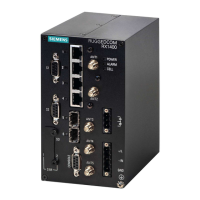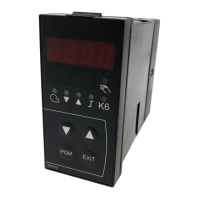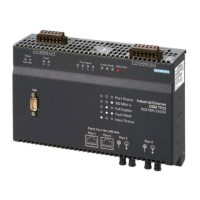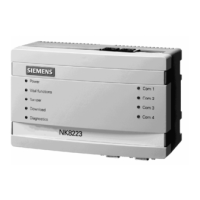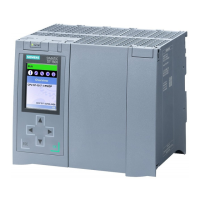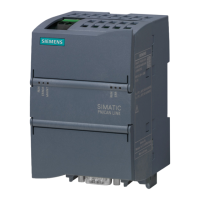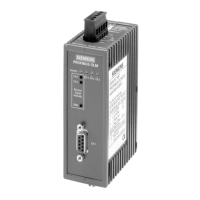RUGGEDCOM ROX II
CLI User Guide
Chapter 13
Unicast and Multicast Routing
Configuring VRF 559
Parameter Description
This parameter is mandatory.
dropped Synopsis: A 32-bit unsigned integer
The number of packets dropped by the receiving device.
This parameter is mandatory.
bytes Synopsis: A 64-bit unsigned integer
The number of bytes transmitted.
This parameter is mandatory.
packets Synopsis: A 64-bit unsigned integer
The number of packets transmitted.
This parameter is mandatory.
errors Synopsis: A 32-bit unsigned integer
The number of error packets transmitted.
This parameter is mandatory.
dropped Synopsis: A 32-bit unsigned integer
The number of packets dropped by the transmitting device.
This parameter is mandatory.
collisions Synopsis: A 32-bit unsigned integer
The number of collisions detected on the port.
This parameter is mandatory.
Section13.11.3
Configuring VRF
To configure Virtual Routing and Forwarding (VRF), do the following:
IMPORTANT!
BGP routing must be enabled before VRF is configured.
Full VRF Configuration
1. Make sure BGP is enabled and configure the Autonomous System ID for the Border Gateway Protocol (BGP).
For more information, refer to Section13.8.1, “Configuring BGP”.
2. Configure a VRF definition and route targets for each Customer Edge (CE) router. For more information, refer
to Section13.11.5.2, “Adding a VRF Definition”.
3. Configure a routable interface and IP address for each VRF definition. For more information, refer to
Section13.11.4, “Configuring a VRF Interface”.
4. Enable OSPF. For more information, refer to Section13.9.2, “Configuring OSPF”.
5. Configure one or more VRF instances for OSPF. For more information, refer to Section13.9.2, “Configuring
OSPF”.
6. Add one or more BGP neighbors. For more information, refer to Section13.8.6.2, “Adding a Neighbor”.
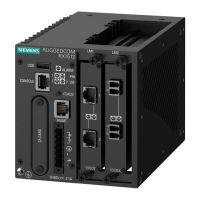
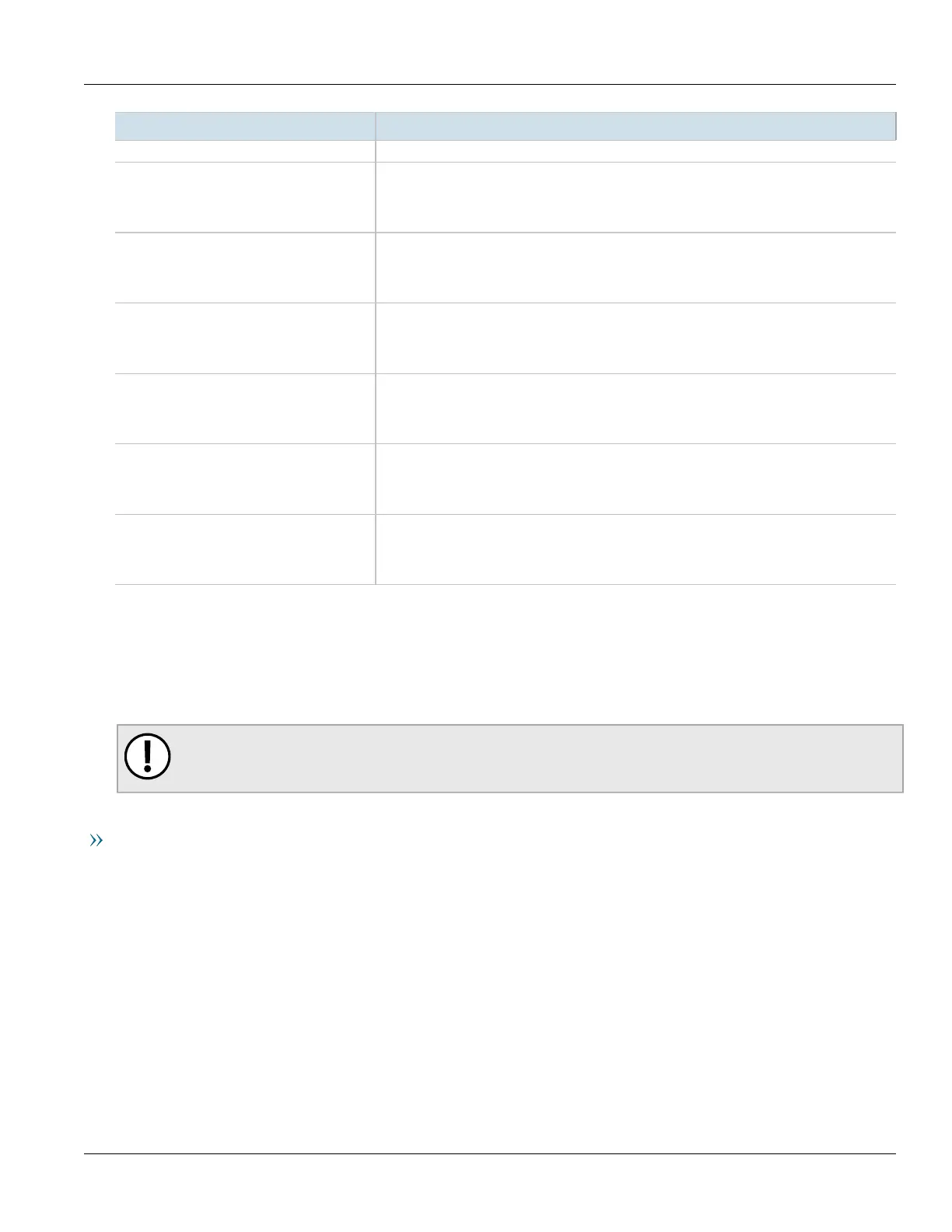